The Department’s 2019 annual sheep and goat census report, which was released this week, shows ewe numbers recording a marginal increase of 10,690 head to reach 2.57m. The national ewe flock has fluctuated in recent years. For example, the ewe flock is 150,496 head higher than in 2014, but 75,208 lower than the 10-year peak of 2.64 m recorded in 2017.
It is unlikely that overall numbers will vary hugely in the immediate years ahead, but we are likely to see continued variation within regions.
For example, ewe numbers continue to increase in sheep strongholds such as Donegal, Mayo, Galway and Kerry.
Given the recent trends, it is expected that sheep numbers will not put upward pressure on national greenhouse gas emissions
Almost 50% of the national ewe flock is in these four counties.
There has also been growth in other areas with more marginal land types and some of this has taken place against a background of replacing reduced suckler numbers of beef cattle.
Given the recent trends, it is expected that sheep numbers will not put upward pressure on national greenhouse gas emissions. The positive effect the national sheep flock has on maintaining high-value nature environments, many of which are important carbon sinks, should be reason enough for national policy to want to maintain sheep numbers at their current level.
Beef Suckler registrations on the rebound
After a four-year decline in suckler cow numbers, the exodus from suckling seems to have halted.
Beef calf ?registrations from suckler cows up until 1 May 2020 are up by 15,972, a rise of 3.3% compared to 2019 figures for the same period. In comparison to 2018 and 2019, we saw registration declines of 4% and 8% for the first four months of the year. For now, 420,475 suckler calves have been registered up until 1 May 2020 compared to 404,683 being registered for the same period of January to April 2019.
Last year saw a drop of 42,056 in the number of suckler cows recorded.
The most recent data available shows that suckler cow numbers stand at 934,273
This was the fourth consecutive year that suckler cow numbers had dropped, with 859,638 suckler-bred calves registered in 2019?, compared to 940,845 calves registered in 2016, a drop of 81,207 suckler cows.
The most recent data available shows that suckler cow numbers stand at 934,273. There were fears within the industry that poor beef prices and the lure of dairying would see a mass exodus from the sector, but the most recent data would suggest that numbers and registrations will stabilise and possibly even move up again for 2020.
Cow numbers set to hit close to 1.6m by June
Dairy cow numbers in Ireland (excluding NI) will be close to 1.6m by 1 June 2020. This is up about 5% on June 2019. If the four-year growth trend of 3% continues, the country will reach 1.8m cows by 2024.
Cow numbers in June 2019 were up 24% compared to June 2014, representing an average annual increase of 4.24% over the previous five years. Unsurprisingly, the rate of growth was highest after quotas were removed. Cow numbers increased by 7% in 2015 and 2016, but this slowed to 3% and 1.7% for 2018 and 2019, respectively.
Corresponding ICBF data shows that calf registrations from the dairy herd for the year to date are up 4% on this time last year
Official Department of Agriculture figures show that the number of dairy cows in Ireland on 1 March 2020 is up 5% on the same time last year. Corresponding ICBF data shows that calf registrations from the dairy herd for the year to date are up 4% on this time last year.
The number of young dairy heifers on 1 January 2020 is up almost 3% compared to January 2019. The average annual growth in young dairy heifers has been 1.8% over the last five years. As of last January, there were 332,163 maiden heifers in the country, showing a potential replacement rate of almost 22%.
Read more
Cutting the national herd a ‘lazy narrative’ – Cullinan
Climate action an opportunity to ‘remake agriculture’ – Taoiseach
The Department’s 2019 annual sheep and goat census report, which was released this week, shows ewe numbers recording a marginal increase of 10,690 head to reach 2.57m. The national ewe flock has fluctuated in recent years. For example, the ewe flock is 150,496 head higher than in 2014, but 75,208 lower than the 10-year peak of 2.64 m recorded in 2017.
It is unlikely that overall numbers will vary hugely in the immediate years ahead, but we are likely to see continued variation within regions.
For example, ewe numbers continue to increase in sheep strongholds such as Donegal, Mayo, Galway and Kerry.
Given the recent trends, it is expected that sheep numbers will not put upward pressure on national greenhouse gas emissions
Almost 50% of the national ewe flock is in these four counties.
There has also been growth in other areas with more marginal land types and some of this has taken place against a background of replacing reduced suckler numbers of beef cattle.
Given the recent trends, it is expected that sheep numbers will not put upward pressure on national greenhouse gas emissions. The positive effect the national sheep flock has on maintaining high-value nature environments, many of which are important carbon sinks, should be reason enough for national policy to want to maintain sheep numbers at their current level.
Beef Suckler registrations on the rebound
After a four-year decline in suckler cow numbers, the exodus from suckling seems to have halted.
Beef calf ?registrations from suckler cows up until 1 May 2020 are up by 15,972, a rise of 3.3% compared to 2019 figures for the same period. In comparison to 2018 and 2019, we saw registration declines of 4% and 8% for the first four months of the year. For now, 420,475 suckler calves have been registered up until 1 May 2020 compared to 404,683 being registered for the same period of January to April 2019.
Last year saw a drop of 42,056 in the number of suckler cows recorded.
The most recent data available shows that suckler cow numbers stand at 934,273
This was the fourth consecutive year that suckler cow numbers had dropped, with 859,638 suckler-bred calves registered in 2019?, compared to 940,845 calves registered in 2016, a drop of 81,207 suckler cows.
The most recent data available shows that suckler cow numbers stand at 934,273. There were fears within the industry that poor beef prices and the lure of dairying would see a mass exodus from the sector, but the most recent data would suggest that numbers and registrations will stabilise and possibly even move up again for 2020.
Cow numbers set to hit close to 1.6m by June
Dairy cow numbers in Ireland (excluding NI) will be close to 1.6m by 1 June 2020. This is up about 5% on June 2019. If the four-year growth trend of 3% continues, the country will reach 1.8m cows by 2024.
Cow numbers in June 2019 were up 24% compared to June 2014, representing an average annual increase of 4.24% over the previous five years. Unsurprisingly, the rate of growth was highest after quotas were removed. Cow numbers increased by 7% in 2015 and 2016, but this slowed to 3% and 1.7% for 2018 and 2019, respectively.
Corresponding ICBF data shows that calf registrations from the dairy herd for the year to date are up 4% on this time last year
Official Department of Agriculture figures show that the number of dairy cows in Ireland on 1 March 2020 is up 5% on the same time last year. Corresponding ICBF data shows that calf registrations from the dairy herd for the year to date are up 4% on this time last year.
The number of young dairy heifers on 1 January 2020 is up almost 3% compared to January 2019. The average annual growth in young dairy heifers has been 1.8% over the last five years. As of last January, there were 332,163 maiden heifers in the country, showing a potential replacement rate of almost 22%.
Read more
Cutting the national herd a ‘lazy narrative’ – Cullinan
Climate action an opportunity to ‘remake agriculture’ – Taoiseach




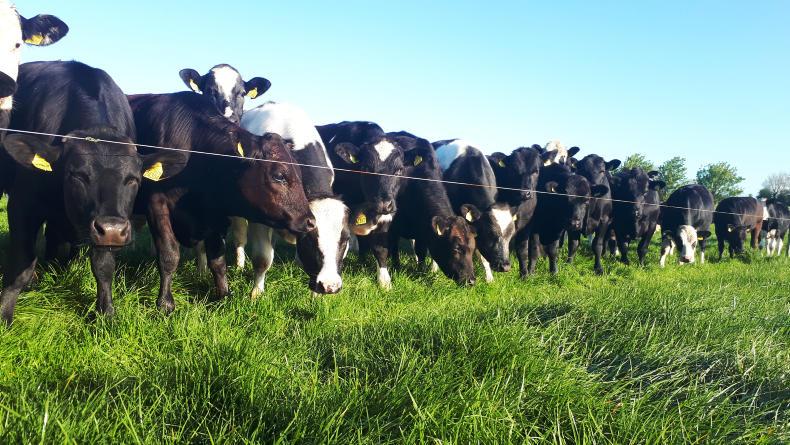
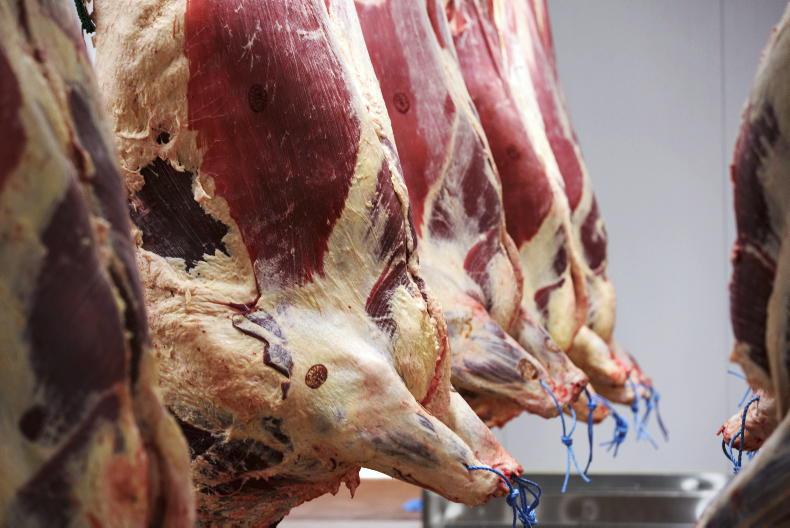

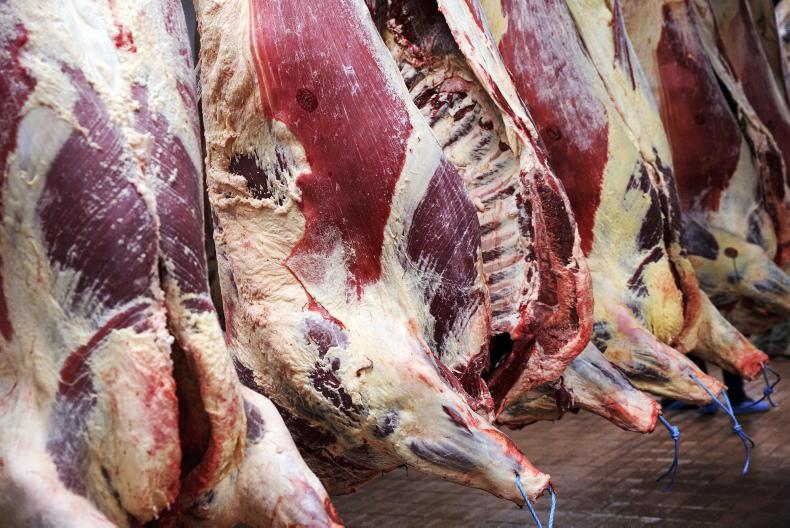
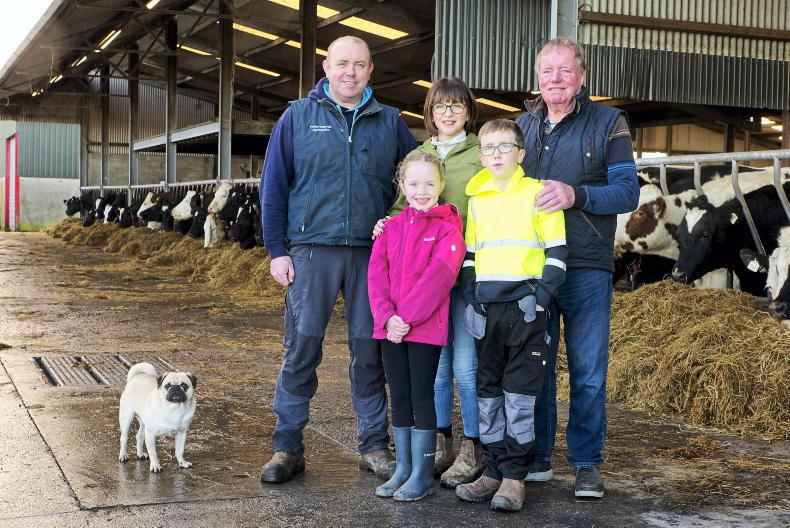
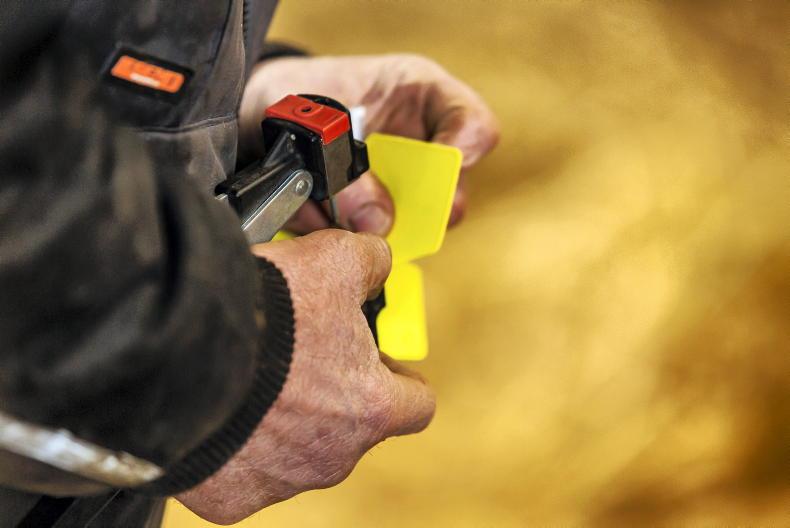
SHARING OPTIONS